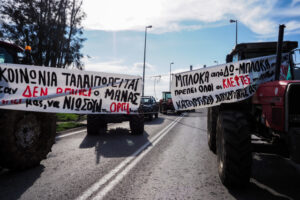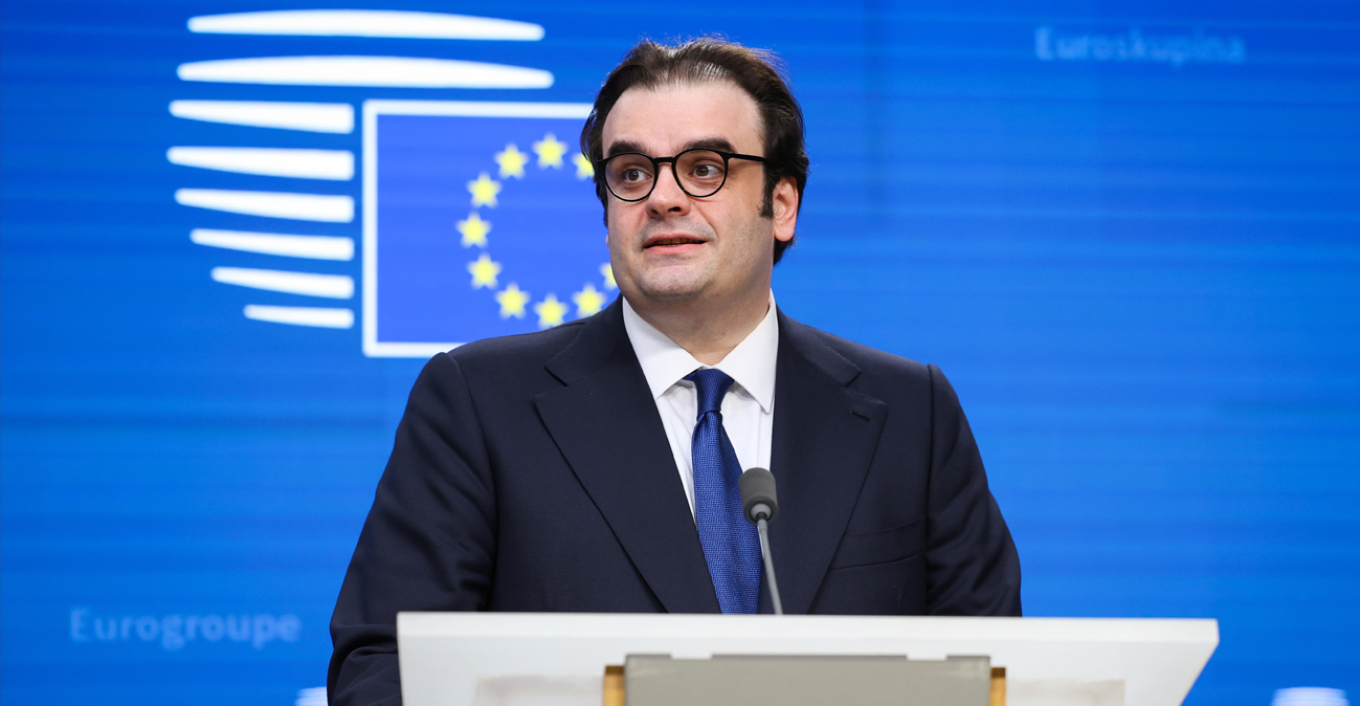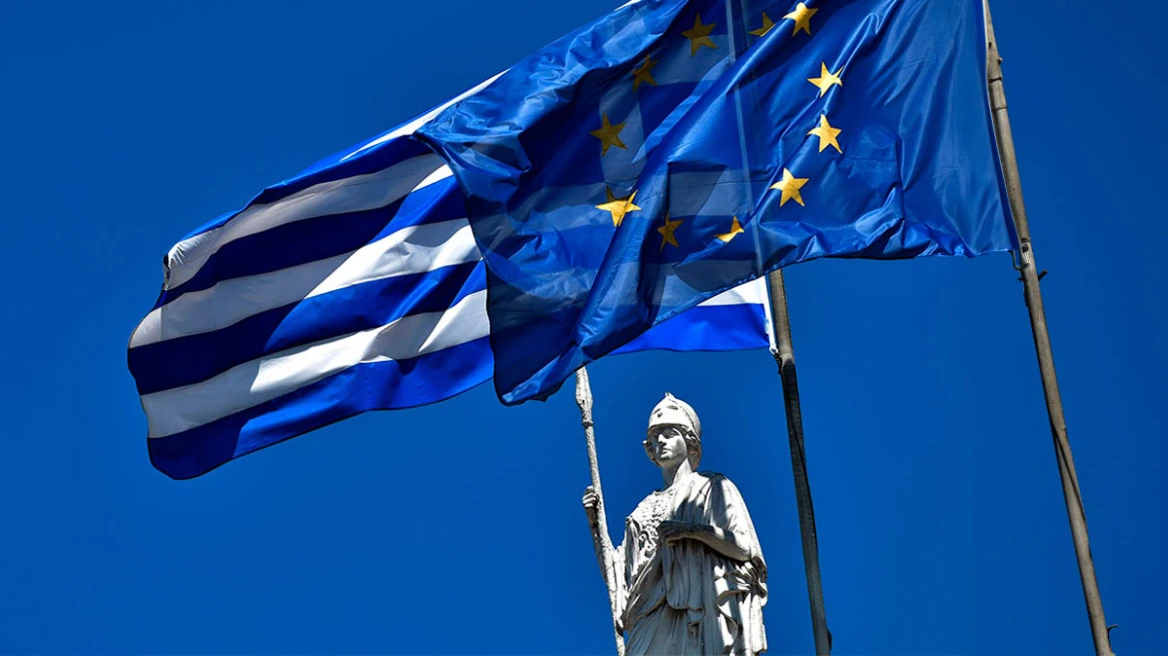The Islamic Republic of Iran today, through its terror proxies and puppet regimes, has been extending its hegemony to many capitals of the Middle East: Tehran, Baghdad, Damascus, Beirut, Sanaa. Iran continues to threaten the Middle East, the Mediterranean basin and potentially Europe. Forty years after its theocratic revolution in 1979, the mullahs speak (wishfully, one assumes) of a “declining” America.
“America cannot manage its own affairs now”, Ayatollah Ahmad Jannati, the secretary of the powerful Guardian Council, said on state television. “Millions of people are hungry there and America’s power is in decline”. Such declarations may be intended to hide Iran’s own terrible decline, fleeing reality and crumbling from within.
Iran was the first country, in 1979, to bring down a secular, pro-Western government and replace it with an Islamic theocracy. The experiment, however, seems to have failed. Instead of bringing prosperity and freedom, it brought poverty and repression. Even without considering the terrible persecution of women, journalists, academics dissidents and sexual minorities, the Iranian regime is crumbling.
Statistics published by the World Bank note that Iran has had an appalling economic meltdown over the past 40 years since the Islamic clerics came to power. Its drop in economic rankings relative to other countries has been “one of the steepest declines in modern history“. According to World Bank data:
“Using GDP ranking as another metric of economic importance, in 1960, Iran was the world’s 29th largest economy. Turkey ranked 13th and South Korea ranked 33nd. By 1977, Iran had climbed to 18th place, Turkey was 20th, and Korea 28th. In 2017, Iran was 27th, Turkey hovered around 18th, and Korea had by now become the 13th largest economy in the world.”
The average per capita GDP based on the Iranian currency’s real purchasing power from 1976 to 2017 shows that since the revolution, the average Iranian became 30% poorer.
“One country chose openness, democracy and innovation,” tweeted U.S. Ambassador Carla Sands about the different paths taken by South Korea and Iran. “The other one didn’t”.
According to Mohsen Delaviz of the Iran Fuel Conservation Company, “Iran with its 80 million population annually spends $45 billion for energy subsides, while this figure stands at $38 billion in China with population of 1.5 billion.”
Unfortunately, Europe has now chosen to appease Iran’s regime rather than to increase pressure on it. That view possibly accounts for the absence of foreign ministers from major European powers, such as Germany and France, at the recent Warsaw meeting, called by the US and other allies to pressure Iran. A few days after the Warsaw meeting, German President Frank-Walter Steinmeier sent a shameful congratulatory telegram to Iran’s leaders on the 40th anniversary of their revolution.
Read more HERE
Ask me anything
Explore related questions





